INTRODUCTION
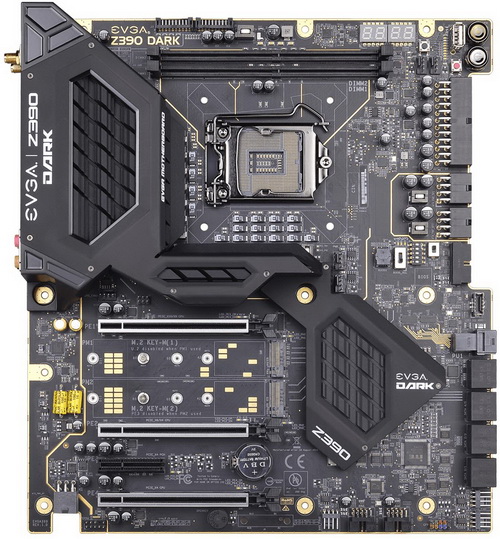
When i took my first steps in this industry roughly 13 years ago the majority of the consumer market didn't think much of mainboards/motherboards (most would just pick the lowest-cost ones and use the remaining cash for graphics cards) and that was why i really enjoyed reviewing all the latest models so i could show everyone what they were capable of. Yes mainboards/motherboards were nowhere near as advanced back then as they are today but even so there were quite a few high-end models in the market that stood out. Unfortunately after several years of testing a somewhat unjust/unfit comment by one of my contacts in that industry (i was called extremely demanding because i used to test mainboards/motherboards for long periods of time - usually up to a full month - and that meant coming across quite a few bugs in the process) was the reason i stopped, something which I’ve regretted to this day. So, with the latest Intel Z490 (socket 1200) mainboard models just around the corner i decided to start once again by testing quite a few Z390 models the first of which is the Z390 Dark by EVGA.
EVGA is the #1 NVIDIA authorized partner in channel sales throughout North America. Based on the philosophy of intelligent innovation, market knowledge, and the real time operation, EVGA continues to identify the need in the market place and providing the solution to that need. By offering product differentiation, a 90 day Step-Up program, and other customer focused programs, EVGA is a clear leader in all categories: etail, retail, distribution, and system builders. With headquarters in Brea, CA, EVGA's global coverage includes EVGA GmbH in Munich, EVGA LATAM in Miami, and EVGA Hong Kong. For further information online about EVGA, visit https://www.evga.com.
Even though the EVGA Z390 Dark (socket 1151 / E-ATX size) mainboard was released almost a year ago it's still considered as one of the best enthusiast-grade models in the market, largely due to its high overclocking potential achieved by the 17-phase VRM placed on a 10-layer PCB and the second to none direct support by EVGA (3-year limited warranty). To achieve this high overclocking potential however the Z390 Dark features only two DIMM slots (dual-channel configuration) which can accommodate up to 32GB of DDR4 RAM at speeds surpassing 4600MHZ. Primary features also include two large aluminum heatsinks, three full-length EMI shielded (and reinforced) PCIe 3.0 slots (x16/8/4), single PCIe 3.0 x4 slot, two M.2 PCIe slots (up to 110mm long SSDs - share bandwidth with the U.2 port and the PCIe 3.0 x4 slot), six native Intel SATA 6Gb/s ports (support RAID 0/1/5/10), two ASMedia SATA 6.0Gb/s ports, single U.2 NVMe port, right angled power connectors and several innovative tricks like the PCIe disable switches (allow the end user to disable PCIe slots for troubleshooting), slow-mode switch (can be used to change the CPU ratio on-the-fly to minimum), safeboot button (boots directly into the BIOS without changing your settings - handy if your system will not boot with those settings) and the triple-bios selection switch. That's far from it however so the Z390 Dark also sports a mini DisplayPort output, four USB 2.0 ports (internal headers), four Intel USB 3.1 Gen2 (10Gb/s) and two USB 3.1 Gen1 Type-A ports, two ASMedia (3142 chipset) USB 3.1 Gen2 Type-A and Type-C ports, two Intel Gigabit LAN ports (i219-V/1210-AT 1000Base-T), Intel Wireless-AC 9560 (2x2 antenna based 802.11ac with speeds up to 1.73Gb/s and Bluetooth v5.0), NU Audio amplifier (for stereo speakers and headphones/headsets) and the Creative Sound Blaster Recon3D (CA0132 quad-core audio processor) 5.1 channel audio card. The list of features and specifications is long (slightly longer than what we've included here) so let's move forward with today's review and check the Z390 Dark out thoroughly.
SPECIFICATIONS AND FEATURES

PACKAGING AND CONTENTS
EVGA ships the Z390 Dark inside a black box that has the model name at the front, their logo and some of the main features.
At the rear we can see contact information for EVGA, their 3-year warranty and several certification logos.
The moment you open the box you'll see a note from EVGA informing you that in case of any issues/defects you should return the product to them and not where you bought it from.
Most of the bundle is placed inside individual aluminum-foil like bags just over the mainboard itself.
Along with the Z390 Dark mainboard/motherboard you'll also get a full size virtual guide (made out of thick plastic), rear I/O shield, two plastic WiFi Antennas, four SATA 6Gb/s Cables, SLI bridge, two probelt voltage measurement connectors, two M.2 Thermal Pads, M.2 screws, mainboard mounting screws, 10 very tall standoffs, plastic case badge, tiny 8GB USB flash drive (contains drivers) and the installation guide.
THE Z390 DARK
Although far from the largest mainboard out there the E-ATX sized Z390 Dark with its matte black PCB and gold accents certainly looks impressive.
The first thing i noticed was that EVGA rotated both the CPU socket and the DIMM slots counter clockwise to help improve airflow levels both over the CPU itself but also the surround components (VRM included).
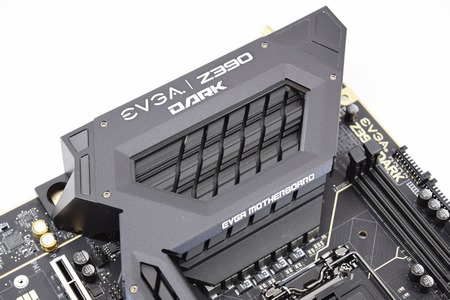
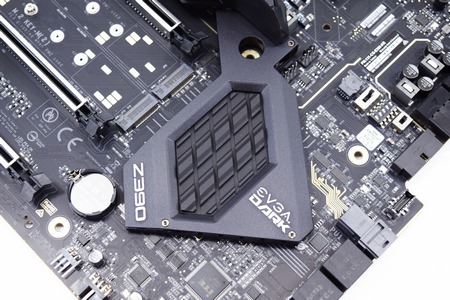
What really stands out however are the two black aluminum heatsinks (linked via heat pipes) placed on the top left (VRM) and on the lower right (Z390 chipset).
As mentioned in the introduction page the Z390 Dark has three full-length EMI shielded (and reinforced) PCIe 3.0 slots (x16/x8/x4) and a single PCIe 3.0 x4 slot which shares bandwidth with the 2nd (bottom) M.2 slot (meaning you can only use one of the two).
On the top left we find two LED post indicators (these can be configured via the BIOS to display either temperatures or voltages in real time - or both), safe boot (black) button, two CPU PWM fan headers, dedicated USB port for BIOS flashing, clear CMOS (red button), and the power on/off and reset buttons.
Further down we find the PCIe disable switches, slow-mode switch and the BIOS switch.
The Creative Sound Blaster Recon3D (CA0132 quad-core audio processor) is located just next to the rear I/O right next to the NU Audio amps.
Taking a look on the other side we find the 8 SATA 6Gb/s ports, U2 NVMe port and the USB 3.1 Gen2 port.
Next to these we also see two 8pin mainboard power connectors, the 24pin ATX mainboard power connector and a USB 3.1 Gen1 connector (all are angled).
A 6pin angled power connector is also located on the far lower left (this provides extra power to the x16 PCIe 3.0 slot).
Talking about the rear I/O it includes five USB 3.1 Gen2 ports, two USB 3.1 Gen1 ports, single USB 3.1 Gen2 Type-C port, PS/2 connector, two Antenna connectors, Clear CMOS button, two Gigabit Ethernet ports, mini DisplayPort, and the 5.1 analog/digital audio output (unfortunately unlike some other Z390 models the shield is not pre-mounted).
The virtual guide can actually come very handy and so i hope more manufacturers would follow EVGA's example.
As with every other Z390 Motherboard we'll be using an Intel Core i9-9900k for our tests.
Z390 DARK BIOS
EVGA has thought just about everything so when you enter the Z390 Dark BIOS you can choose between automatic overclocks (Gamer Mode and OC Robot), the default settings or enter the BIOS and adjust it on your own.
The BIOS has a total of 6 tabs (inside the extras tab EVGA has placed most commonly accessed settings/options) and as expected almost everything related to overclocking is placed under the OC Tab. Here you can change the multiplier, set the BCLK frequency and of course adjust every voltage you could ever want to or have the need for.
As expected from the Memory tab you can use one of the available XMP profiles, set the frequency, adjust voltages and of course you can also adjust the timings.
Under the Advanced tab you can access the various CPU technologies, check information on the CPU and of course adjust everything else related to the mainboard and all the included peripherals such as the audio card, LAN and fans.
You can adjust the time and date and all the various boot options from the Boot tab (obvious right?).
The last tab is what we see with every other mainboard in the market so from here you can save the settings into various profiles, override the boot sequence and restart the system.
TESTING METHODOLOGY
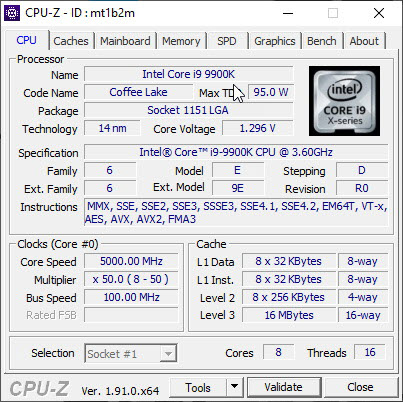
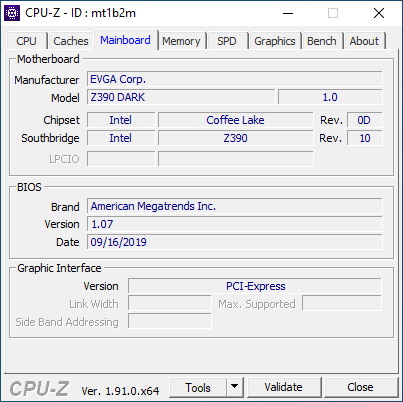
Exactly like used to do in the past each mainboard to arrive in the lab will get mounted on an open-air test bench and will be used for no less than two full weeks (daily tasks and gaming) with a fresh Windows 10 Pro installation. Since our very first mainboard samples are from the Intel Z390 family we'll be testing all of them with an Intel Core i9-9900K CPU together with 16GB (2x8GB) of GSKill's Trident Z Royal 4GHZ CL17 modules (likewise models from other chipset families will be tested with the same hardware components - will update this section when that happens). Unlike in the past however this time over every Z390 mainboard will be tested with the same exact settings so we'll be overclocking the CPU frequency of our Intel Core i9-9900K to 5000MHZ (CPU ratio set to 50 - of course voltages may vary slightly from motherboard to motherboard) and its Ring/NB frequency to 4700MHZ (Ring/NB ratio set to 47).
I did think about pushing each mainboard to the max to see which is the better overclocker but 5GHZ 24/7 is more than plenty for this type of CPU (also temperatures-wise). Instead i decided that it'd be far more interesting (not to mention accurate) to see which mainboard is the fastest when using the same exact hardware components/configuration (CPU/RAM/COOLER/SSD) with the same exact overclocking frequencies. To figure that out we'll be using several benchmarking programs (6 repeats after which the average numbers will get recorded into our charts) like AIDA64, CINEBENCH R20, CPUZ, Passmark Performance Test, RealBench and the Sisoftware Sandra Titanium 2020 version (to cover all of you out there when we finalize which graphics card, we'll be using for our tests we'll also include some game benchmarks).
PS: To “spice” things up a bit I’ve included benchmarks of the other two test rigs we have here (it’s always good to have something to compare the performance of a mainboard/system to).
TEST RESULTS - AIDA64 / CINEBENCH R20

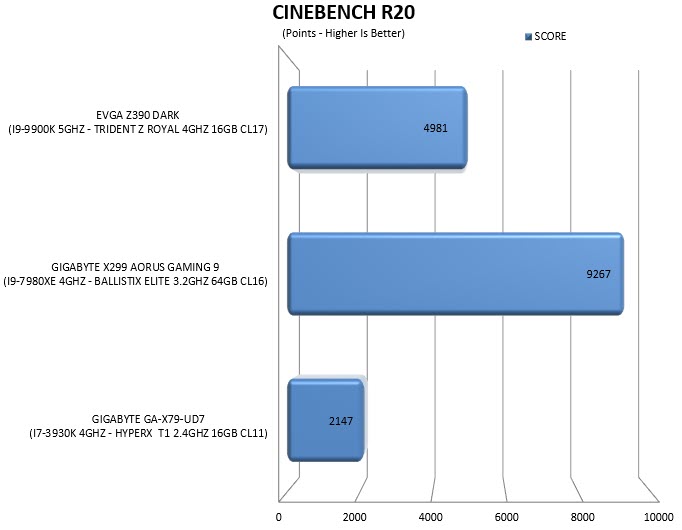
AIDA64 primarily tests the memory/RAM system (channels) whereas Cinebench tests the CPU (cores) so the results are quite normal.
TEST RESULTS - CPUZ / PASSMARK PERFORMANCE TEST
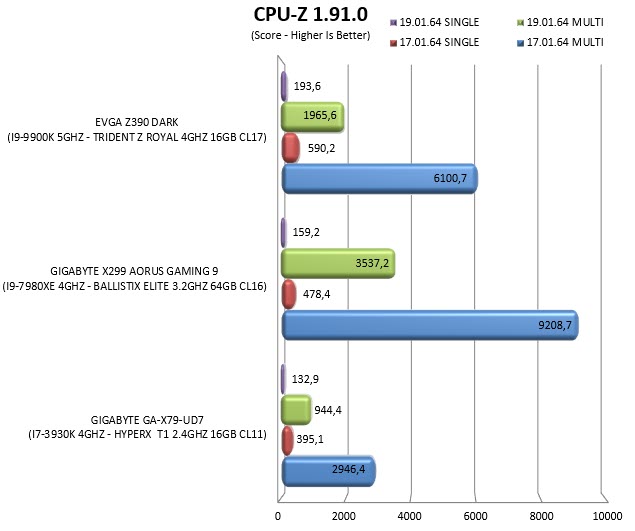
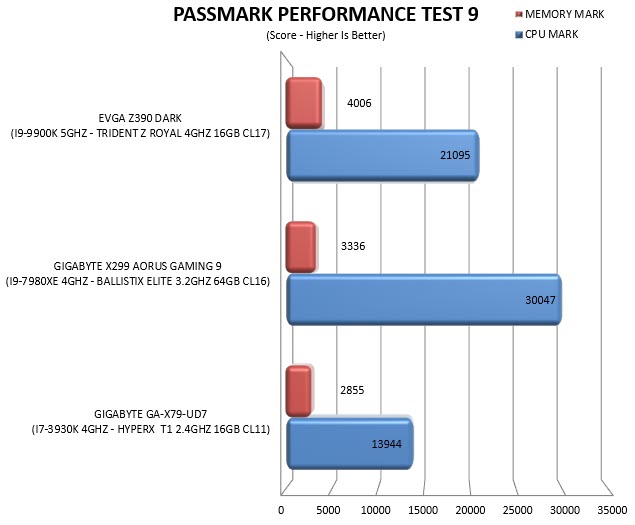
Both CPUZ and Passmark Performance Test check the CPU in both single and Multi-Thread so again the results were anticipated.
TEST RESULTS - REALBENCH / SISOFTWARE SANDRA TITANIUM 2020
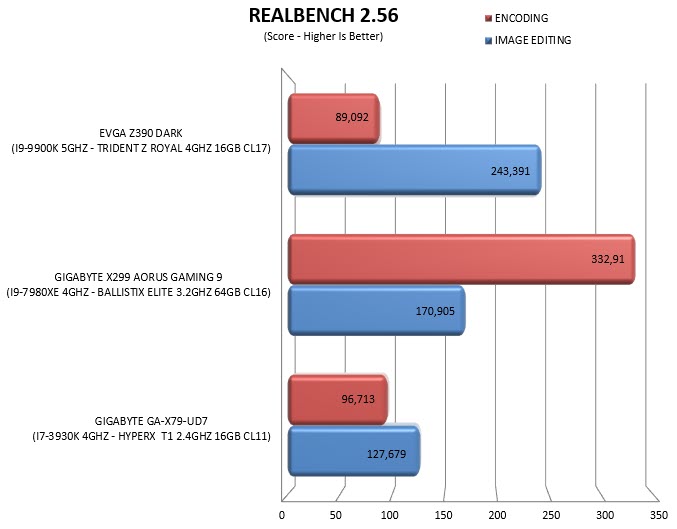
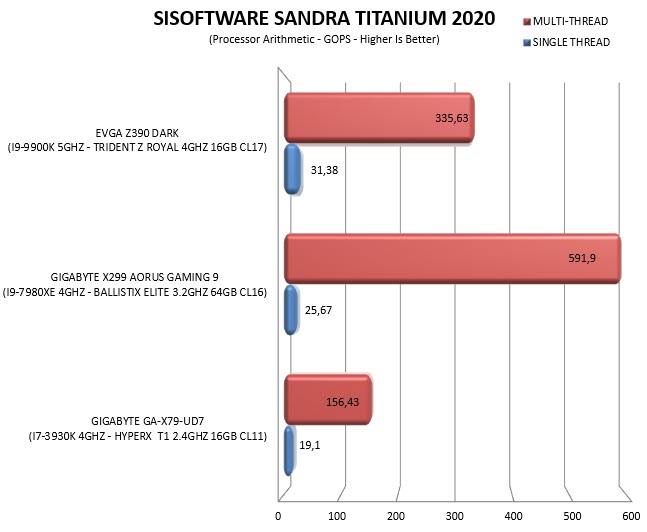
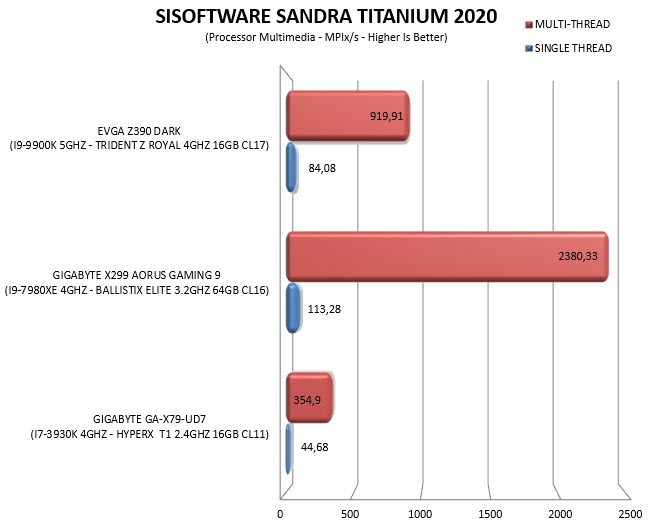
RealBench produced some confusing results but Sandra Titanium 2020 with its CPU results was right on the spot.
CONCLUSION
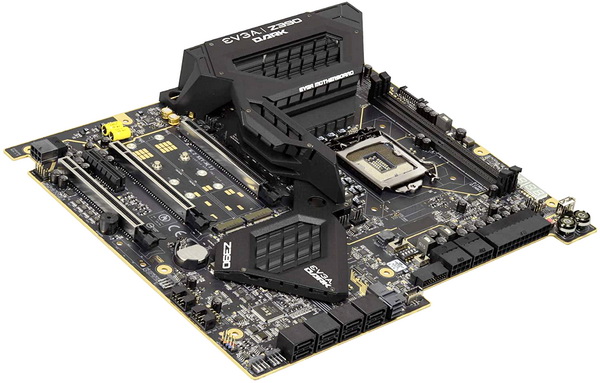
I have to admit that when the Z390 Dark arrived here and I saw that it only had two DIMM slots I was somewhat disappointed, mainly because I really wanted to see how it’d do with 64GB of RAM. The truth of the matter however is that people who want/need more than 32GB of RAM are professionals who’d probably go either for an X299 or an TRX40 system instead. With that out of the way I focused on the design of the mainboard which I actually liked quite a bit thanks to the black matte color and the large heatsinks (the lack of RGB lighting and headers however might turn away some potential buyers). The rotated CPU socket and DIMM slots do seem to help with airflow levels and the 17-phase VRM design does wonders when it comes to overclocking (can easily go well over 5GHZ on the i9-9900K if you have a very good cooler). RAM compatibility is also very good since the Z390 Dark supports modules with speeds surpassing 4600MHZ (we may get a chance to test some 4800MHZ modules on it to verify this). The angled power connectors are also a very nice touch even though it depends largely on the case you’re using. For example, the be quiet! Dark Base 900 Rev.2 case which is currently housing this system has the rubber grommets right beneath those power connectors so especially in the case of the 24pin ATX one routing it and bending it to fit in wasn’t easy (so do keep that in mind when building a new system). The same pretty much goes for the Creative Sound Blaster Recon3D onboard card since it may fall short of your expectations if you’ve been using PCIe audio cards but it’s still a lot better compared to many Realtek models used in past and current mainboards. Finally the lack of M.2 heat spreaders was certainly not something i'd expect from a enthusiast-grade mainboard like the Z390 Dark.
Even after almost a full year in the market the Z390 Dark Motherboard by EVGA still retails for USD494.99 inside the USA (Amazon.com) and for 519.19Euros inside the EU (Directly from EVGA) making it one of the most expensive Z390 models in the market today. Of course, that price gets you what may be the best overclocking mainboard based around the 1151 socket today but still for most people it’s far from affordable. Overall, however the Z390 Dark delivers (and then some) on everything related to performance and for that it gets our Golden Award.

PROS
- Build Quality
- OC Potential (17 Phase Design)
- 3 Reinforced & EMI Shielded PCIe 3.0 slots
- OC Features (PCIe Disable Switches / Slow Mode / Safe Boot / Triple BIOS / Dual Clear CMOS Buttons / USB BIOS Update Port)
- Available BIOS Settings
- Creative Sound Blaster Recon3D & NU Audio Amplifier
- Angled Connectors
- 3 Year Limited Warranty
CONS
- Price (For Some)
- Dual DIMM Design
- No RGB Features (For Some)
- No M.2 Heat Spreaders

 O-Sense
O-Sense





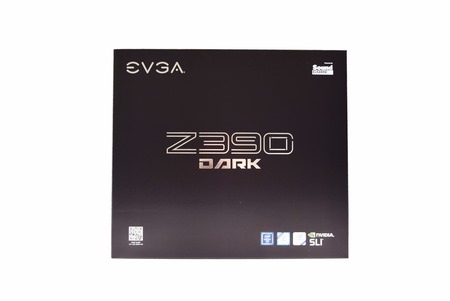
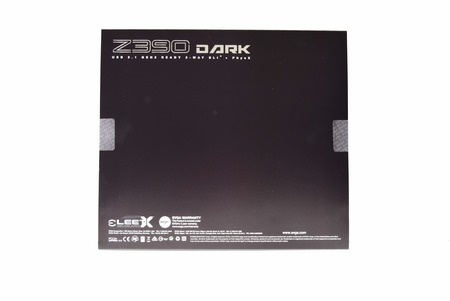
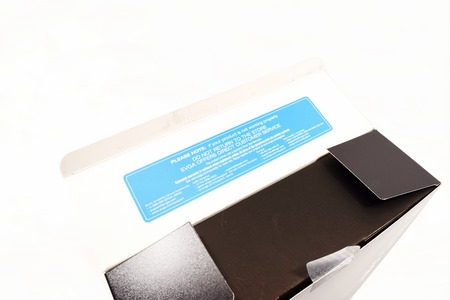
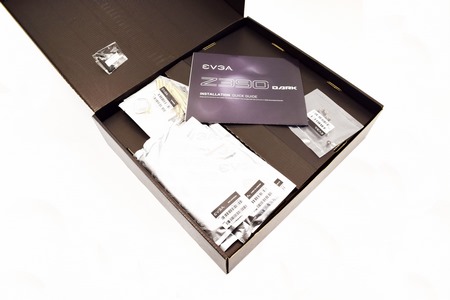
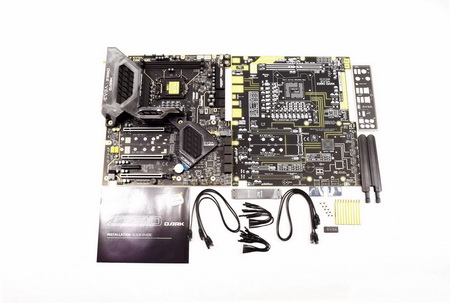
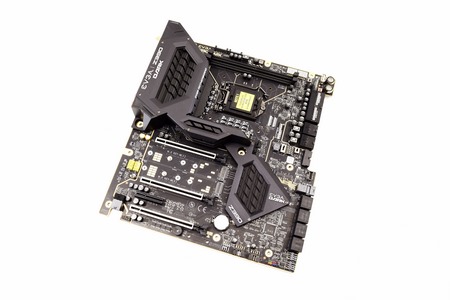
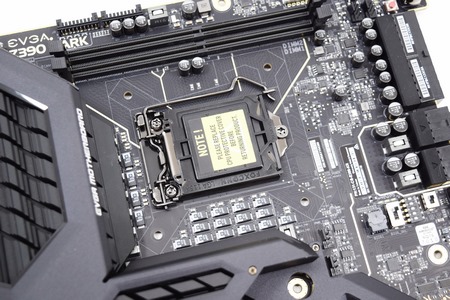
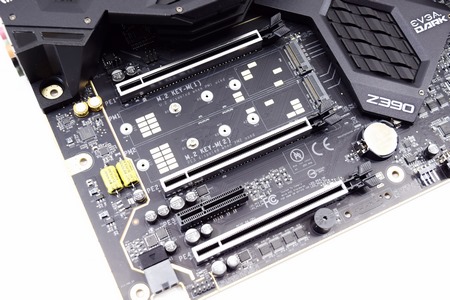
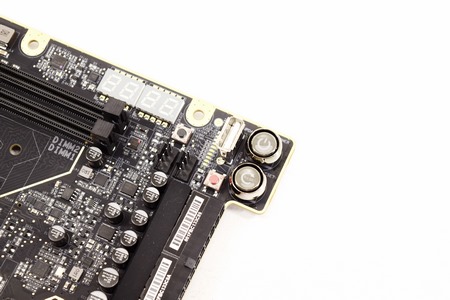
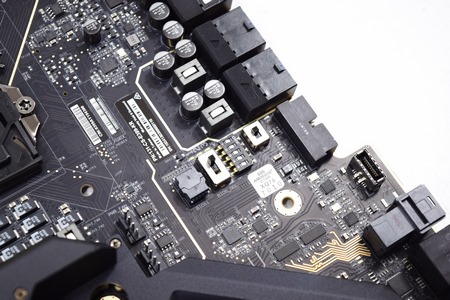
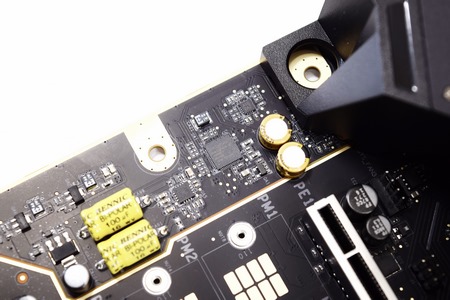
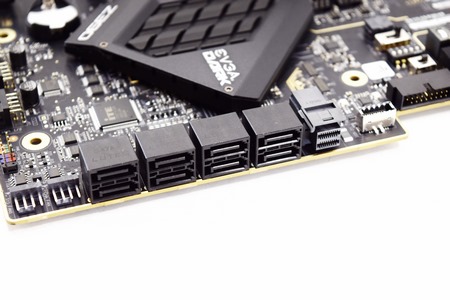
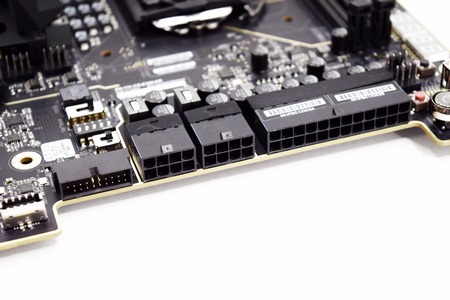
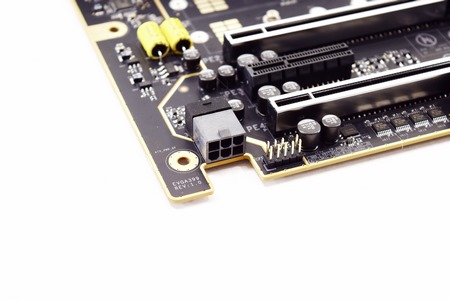
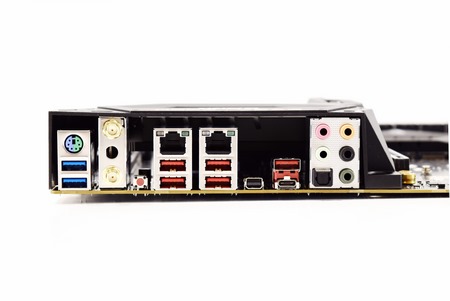
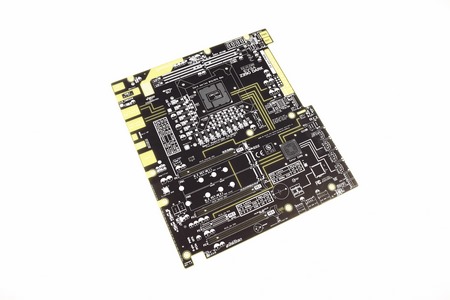
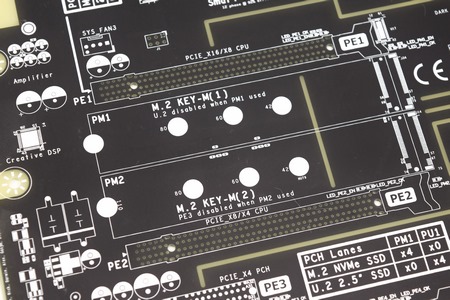
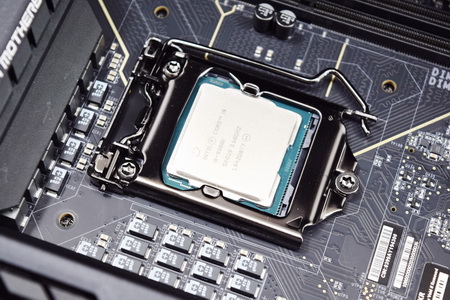

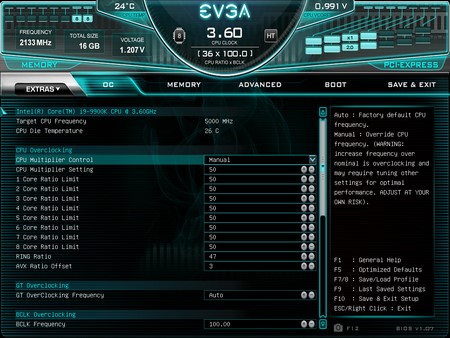
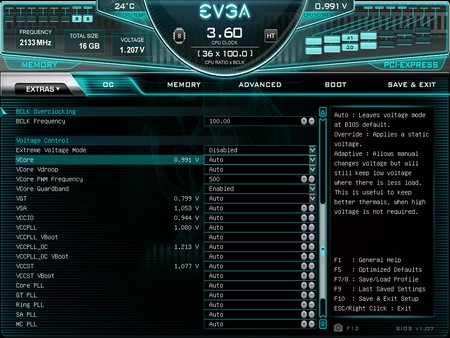
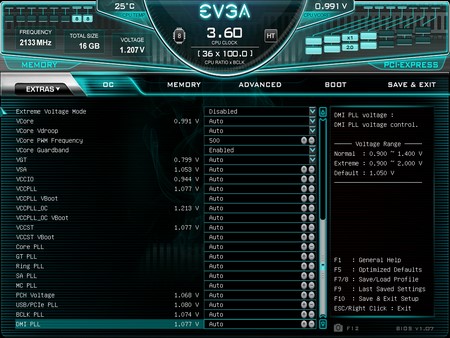
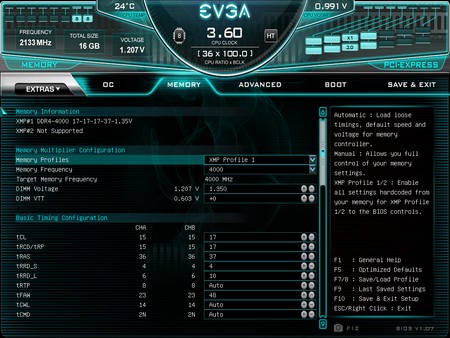
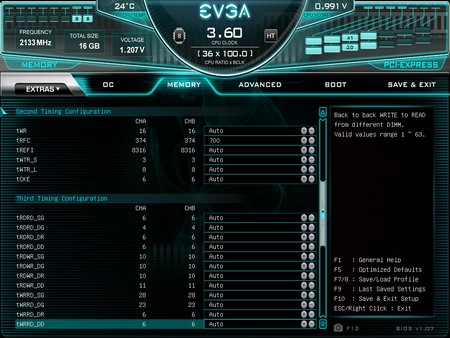
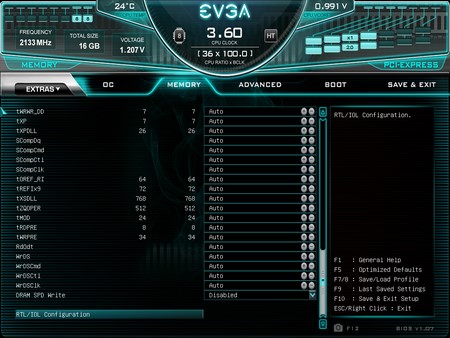
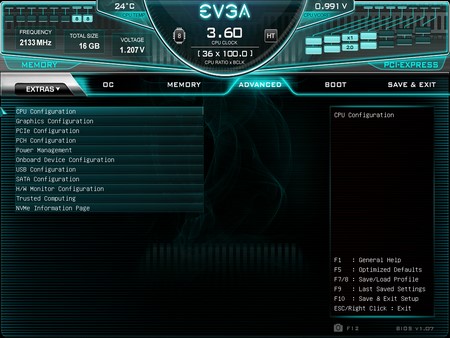
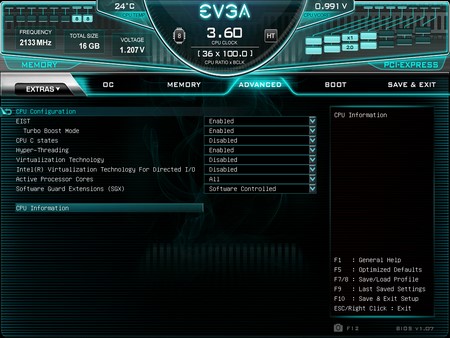
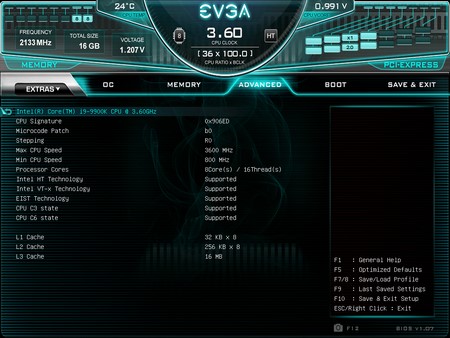
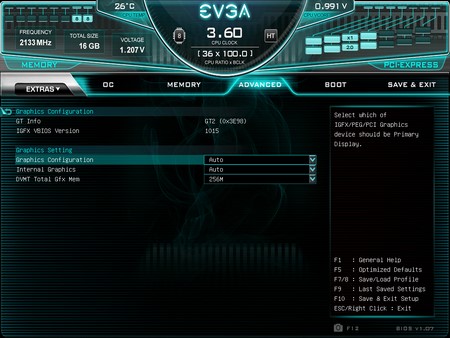
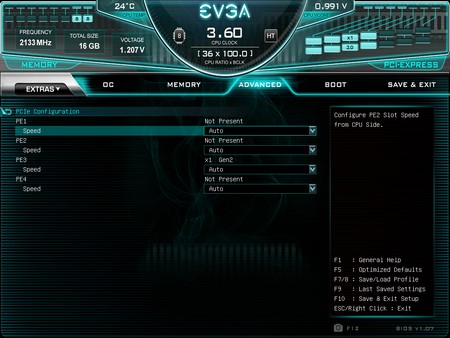
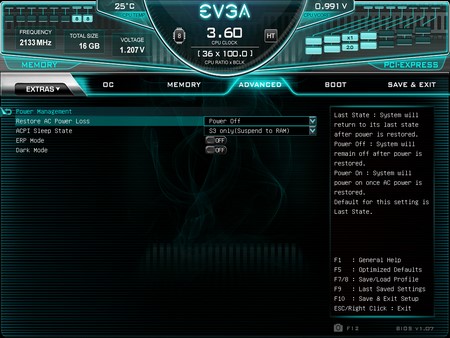
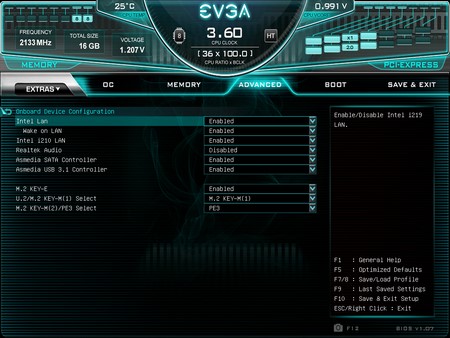
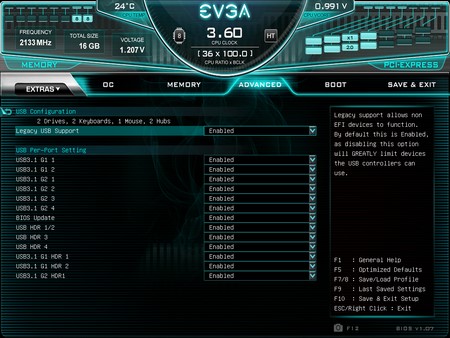
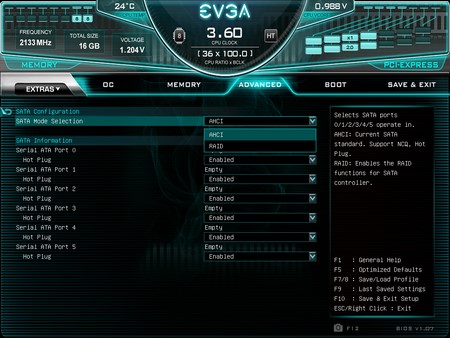
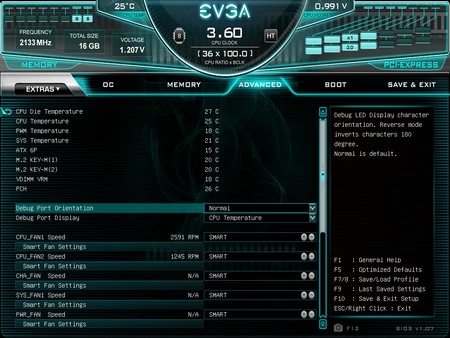
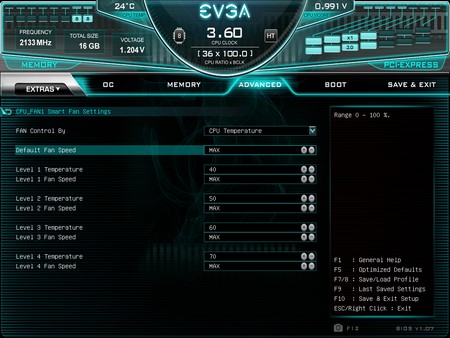
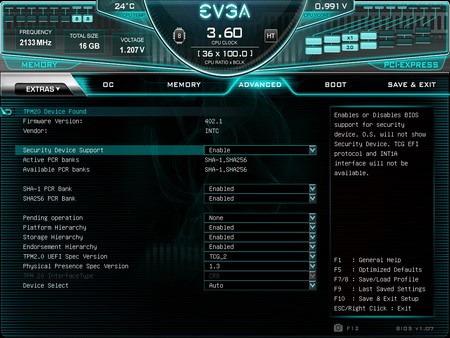
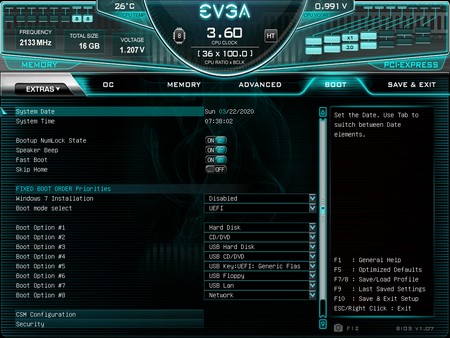
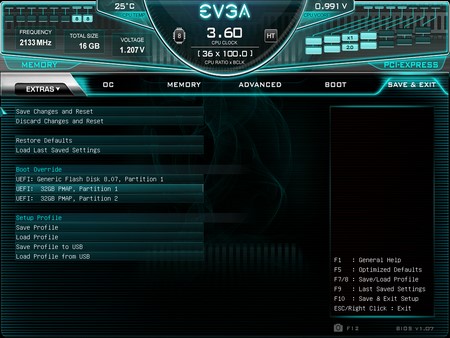


.png)

